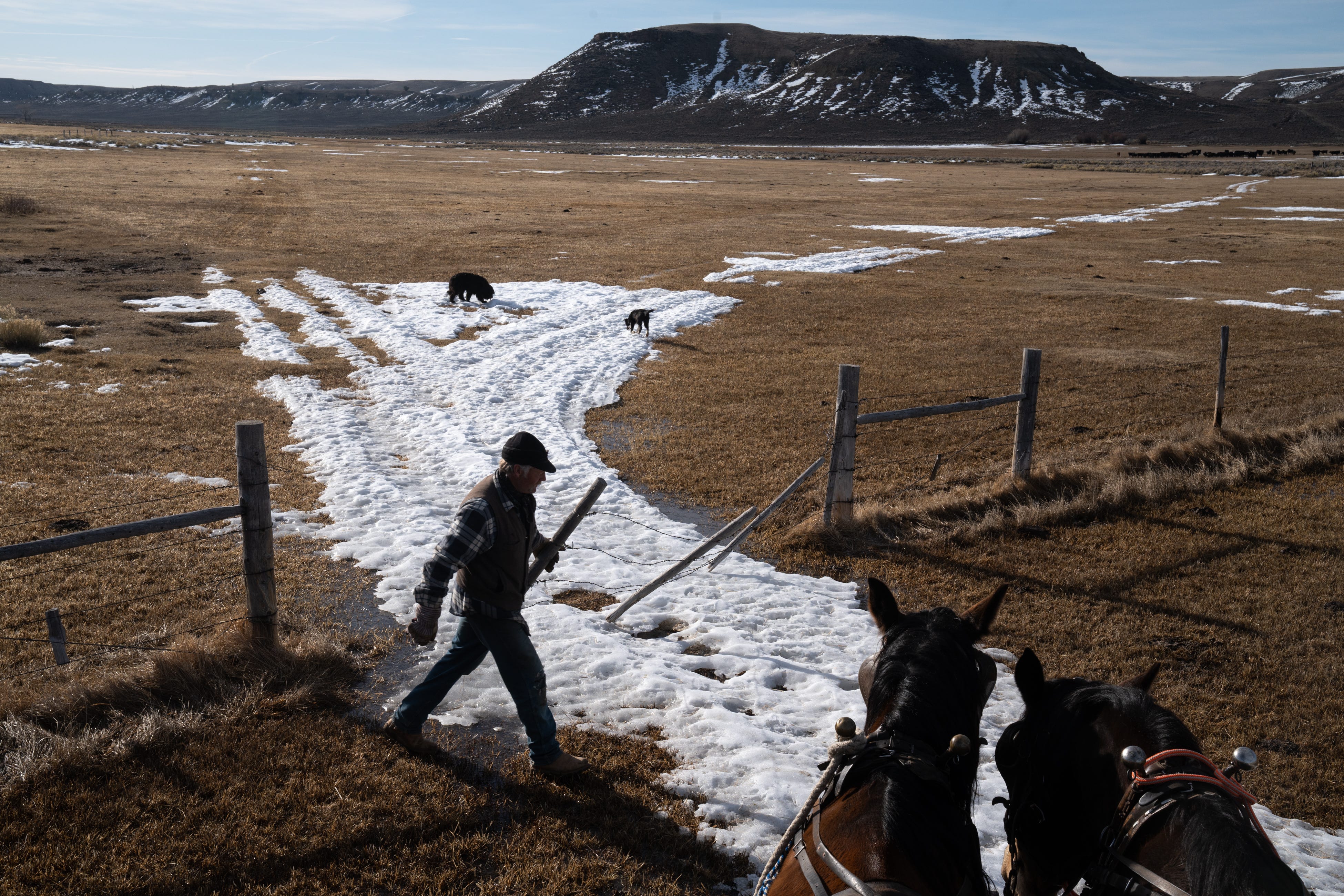The Colorado River, a lifeblood for millions of people across the American Southwest, faces an increasingly dire situation. Drought, climate change, and growing demand have led to unprecedented water shortages. But the question remains: which state is using the most water from this vital resource? The answer is not simple, and it reveals a complex web of water rights, agreements, and competing needs.

Image: primenewsprint.com
Throughout its history, the Colorado River has been a source of both prosperity and conflict. Its waters have powered booming cities, irrigated vast agricultural lands, and provided drinking water for millions. However, the river’s flow has diminished significantly in recent years, leading to a race among states to secure their water allotments. This situation highlights the delicate balance between ecological sustainability and human needs, forcing us to confront the realities of water scarcity in a changing climate.
The Colorado River Compact: A Framework for Water Allocation
To understand water usage patterns, we must first delve into the Colorado River Compact of 1922. This agreement, between the seven states sharing the river (Colorado, Wyoming, Utah, New Mexico, Arizona, Nevada, and California), divided the flow into two sections: the Upper Basin (Colorado, Wyoming, Utah, and New Mexico) and the Lower Basin (Arizona, Nevada, and California).
The Compact, based on historical flow data from the early 20th century, allocated 7.5 million acre-feet of water per year to the Upper Basin and the same amount to the Lower Basin. However, this historical data underestimated the river’s actual flow, leading to overallocation and creating a situation where the river often runs dry before reaching its natural end in the Gulf of California.
A Battle for Water: Understanding Usage Patterns
While the states in the Upper Basin generally use most of their allocated water for agricultural purposes, the Lower Basin states are grappling with a different challenge. California, with its thriving agriculture sector and a burgeoning population, consumes the most water from the Colorado River. In 2022, California received over 4.4 million acre-feet of water from the river, nearly a third of the total allocated to the Lower Basin.
Arizona, with its fast-growing cities and burgeoning population, is another major water consumer. Its urban centers rely heavily on Colorado River water, as do its large agricultural operations. However, the state has been actively working to reduce its water usage through conservation programs and alternative water sources.
Nevada, the smallest of the Lower Basin states, has a comparatively low water usage, primarily due to its dry desert environment and its commitment to conservation. However, with growing tourism and residential development, Nevada’s demand for Colorado River water is steadily increasing.
The Future of the Colorado River: Facing Challenges and Opportunities
The current drought, coupled with the overallocation of water, has brought the Colorado River’s future into sharp focus. The Bureau of Reclamation, tasked with managing the river, has implemented various water conservation measures and is actively working with states to develop a new framework that addresses the changing realities of the river’s flow.
However, the challenges remain immense. Finding a balance between the needs of different states, conserving water resources, and addressing climate change impacts will require a collaborative effort. The future of the Colorado River will depend on the willingness of each state to adapt, innovate, and prioritize sustainability over short-term gains.

Image: internewscast.com
Tips for Water Conservation
As individuals, we can all play a role in conserving water and protecting the Colorado River. Here are some simple yet effective tips:
- Install low-flow showerheads and toilets.
- Water your lawns efficiently, using sprinklers with timers and avoiding overwatering.
- Choose water-wise landscaping alternatives that require less water.
- Fix leaky faucets and pipes promptly.
Beyond individual actions, we can also support organizations working to conserve water resources and promote sustainable water management practices. By raising awareness about the challenges facing the Colorado River and advocating for responsible water use, we can contribute to its long-term health and stability.
FAQ
Q: Why is the Colorado River running dry?
A: The primary factors contributing to the Colorado River’s dwindling flow are drought, climate change, and overallocation of water. Declining snowfall in the Rocky Mountains, higher temperatures, and increased evaporation are all impacting the river’s water supply.
Q: What are the consequences of a drying Colorado River?
A: The consequences are vast and complex. Water shortages will impact agriculture, threaten household water security, strain ecosystems, and potentially lead to conflicts between states.
Q: What can be done to save the Colorado River?
A: Addressing the issues requires a multifaceted approach. This includes finding new water sources, implementing stricter water conservation measures, negotiating new water allocation agreements, and investing in climate change adaptation strategies.
Which State Uses The Most Water From The Colorado River
Conclusion
While California may be the state currently using the most water from the Colorado River, the focus should shift to collaborative solutions that prioritize the long-term health of this vital resource. By understanding the complexities of water allocation, engaging in water conservation practices, and advocating for responsible water management, we can work together to secure the future of the Colorado River, not just for the present generation, but for generations to come.
Are you interested in learning more about water conservation and the issues facing the Colorado River? Share your thoughts in the comments section below.

:max_bytes(150000):strip_icc()/OrangeGloEverydayHardwoodFloorCleaner22oz-5a95a4dd04d1cf0037cbd59c.jpeg?w=740&resize=740,414&ssl=1)




